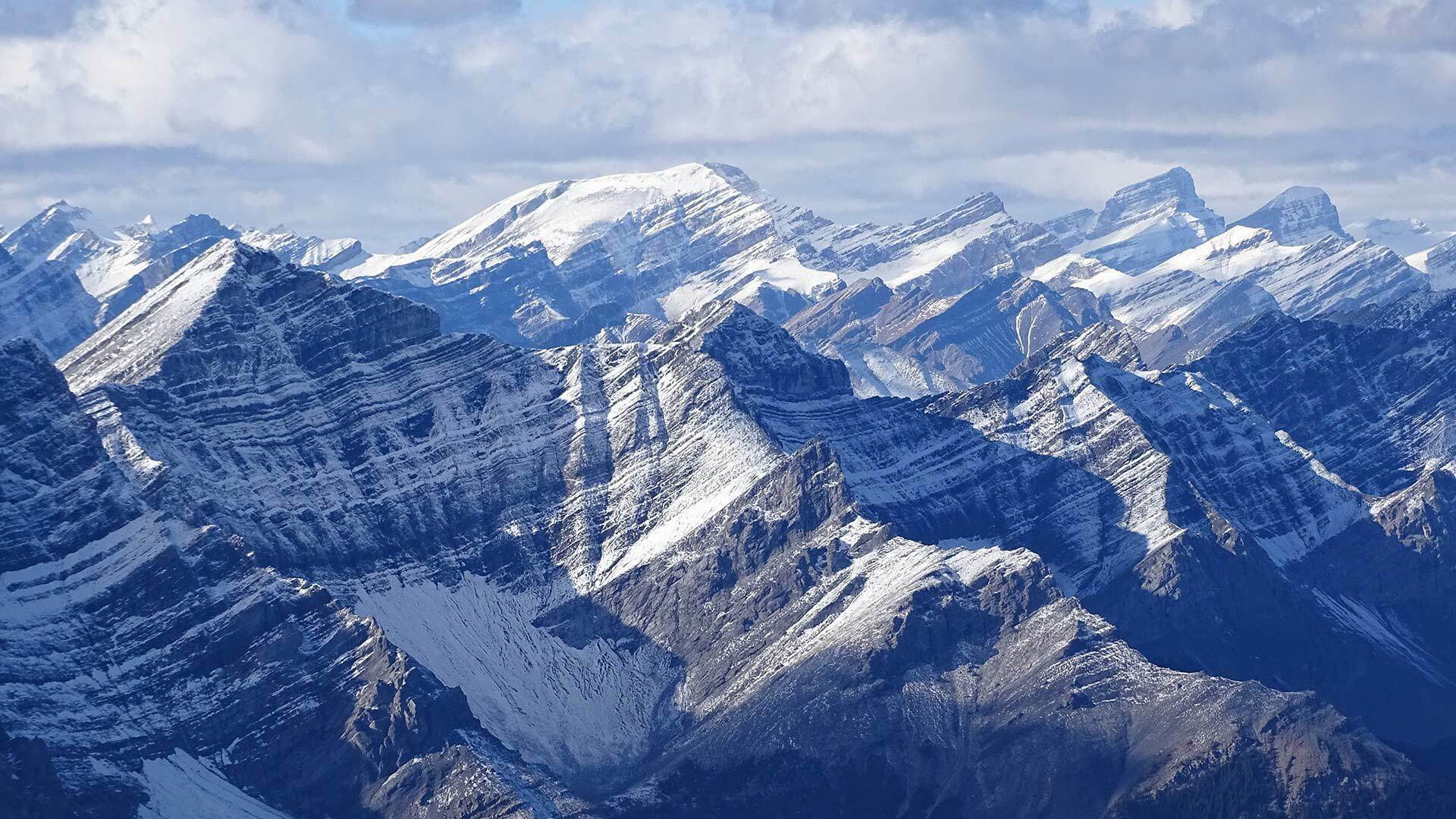- April 19, 2019
- By Robert Herschbach
Heavy snowfall this past winter fed the floods that have ravaged parts of the Midwest, but summer droughts could wreak even worse havoc over the long term.
Perhaps surprisingly, the two phenomena are closely linked, says an A. James Clark School of Engineering professor whose research focuses on global snowfall.
“As the world gets warmer, we’re going to see the snow line move uphill, and at lower elevations it’s going to melt earlier or fall as rain rather than snow,” said Barton Forman, associate professor of civil engineering and Deborah J. Goodings Professor of Engineering for Global Stability. “That could mean more flooding in the spring followed by exacerbated water shortages in the summer.”
Forman leads a research team that has partnered with NASA in conducting satellite-based remote sensing of snow, an endeavor that can help quantify how much snow—which he calls “an important resource”—exists in the world at any given time.
“It’s the primary source of drinking water for more than one billion people globally,” he said. “Sometimes you have a lot of snow, sometimes you have a little. California faced a scenario not long ago in which there was very little snow pack, a situation that profoundly impacted the runoff many months later—and ultimately affected the reservoirs.”
Too much warm winter weather contributes to massive rainfall, rather than a build-up of snowpack that melts and releases water over time. Alternatively, snow followed by heavy rain results in a “rain-on-snow” event that contributes to flooding like that seen recently in the Midwest, Forman said.
Observing the amount of snow in December or January can help predict trends downstream in the spring and summer, and thus help communities prepare. But there’s a catch: snow can be surprisingly hard to measure. It often occurs in complex terrain in isolated parts of the globe, limiting the use of land-based tools. Snow packs, moreover, vary across locations, with differing degrees of depth and density.
By using space-based instrumentation, Forman and his team are obtaining more precise data to feed into computer models, yielding long-term projections that can be used to improve readiness and response, as well as help policymakers make informed decisions. With the climate trends pointing to increased disruption, such capabilities are vital.
“The virtual reservoir of snow is changing. At times, we’re seeing a change in the runoff regime, and in many respects the hydrologic cycle is accelerating—which is dangerous,” Forman said. “The floods are going to get worse while at the same time the droughts will get worse. We will likely be able to retain less of that water, and we don’t know how much snow there is to begin with.
“If we want to manage and preserve this vital resource, fundamentally we need to characterize the amount of snow in the first place.”
